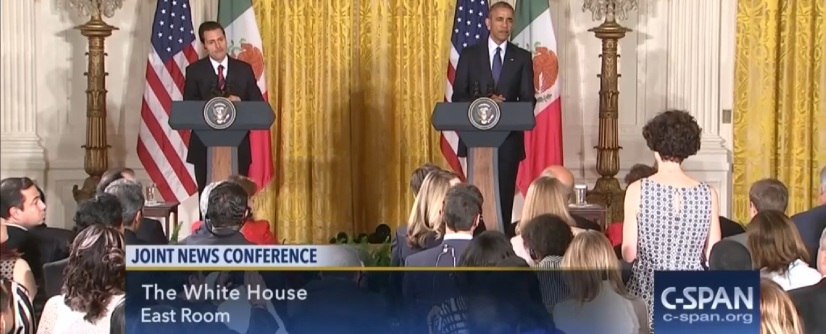Originally Published by DeSmogBlog:
BY STEVE HORN
On September 9, the Obama administration revoked authorization for construction of the Dakota Access Pipeline (DAPL) on federally controlled lands and asked the pipeline’s owners, led by Energy Transfer Partners, to voluntarily halt construction on adjacent areas at the center of protests by Native Americans and supporters.
However, at the same time the pipeline and protests surrounding it were galvanizing an international swell of solidarity with the Standing Rock Sioux Tribe and its Sacred Stone Camp, another federal move on two key pipelines has flown under the radar.
In May, the federal government quietly approved permits for two Texas pipelines — the Trans-Pecos and Comanche Trail Pipelines — also owned by Energy Transfer Partners. This action and related moves will ensure that U.S. fracked gas will be flooding the energy grid in Mexico.
The Dakota Access Pipeline is also set to carry oil obtained via hydraulic fracturing (“fracking”), but in the northern U.S., from North Dakota’s Bakken Shale Formation through several Great Plains states to Illinois.
Within a two-week span in May 2016, as the Sacred Stone Camp was getting off the ground as the center of protests, the U.S.Federal Energy Regulatory Commission (FERC) issued presidential permits for the Trans-Pecos and Comanche Trail Pipelines. Together, the pipelines will take natural gas obtained from fracking in Texas’ Permian Basin and ship it in different directions across the U.S.-Mexico border, with both starting at the Waha Oil Field.
Similar to the case of North Dakota oil wells whose oil will likely be transported via Dakota Access, and like the name Dakota itself, the Comanche Trail Pipeline’s nomenclature originates from a Native American tribe.

